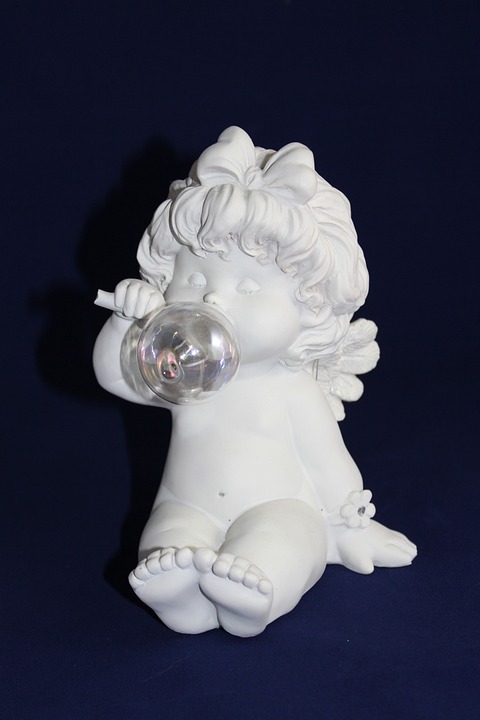Keeping fish as pets has become increasingly popular, and with it, the need to maintain optimal fish health. One effective way to enhance the well-being of your aquatic pets is by incorporating disease-resistant additives into their tanks. In this article, we will delve into the various benefits of these additives and discuss why they are a valuable addition to any fish tank. We will also address some frequently asked questions to provide a comprehensive understanding of disease-resistant additives.
Understanding Disease-Resistant Additives
Disease-resistant additives are substances that are specifically designed to enhance the immune system of fish and protect them from common diseases. These additives can come in various forms, including medications, supplements, and water conditioners. They are formulated with specific ingredients that target disease-causing organisms while promoting the overall health of fish.
How do disease-resistant additives work?
Disease-resistant additives work through various mechanisms to protect fish from diseases. They may contain antimicrobial agents that help prevent the growth and spread of harmful bacteria, viruses, and fungi. These additives can also boost the fish’s immune system, making them more resistant to infections. Additionally, they can help maintain optimal water quality, which is crucial for the well-being of fish.
Benefits of Disease-Resistant Additives for Fish Tanks
1. Enhanced Disease Resistance: Disease-resistant additives strengthen the immune system of fish, reducing their susceptibility to common fish diseases. By preventing the spread of infections within the tank, these additives can help maintain a healthy and disease-free environment for your fish.
2. Improved Water Quality: Disease-resistant additives play a vital role in maintaining optimal water quality in fish tanks. They help regulate pH levels, reduce ammonia and nitrite build-up, and minimize the risk of bacterial and fungal growth. By keeping the water clean and balanced, these additives contribute to the overall health and well-being of fish.
3. Stress Reduction: Environmental changes can cause stress in fish, which can lead to weakened immune systems and increased susceptibility to diseases. Disease-resistant additives help minimize stress by providing a stable and comfortable habitat for fish. This promotes overall well-being and vitality, leading to healthier and happier fish.
4. Increased Survival Rates: By protecting fish from potential fatal diseases and enhancing their ability to recover from illnesses, disease-resistant additives can significantly increase survival rates. This ensures a longer lifespan for your aquatic pets and reduces the risk of losing them to preventable diseases.
5. Cost-Effective Solution: Investing in disease-resistant additives can save you money in the long run. By reducing the need for frequent medications and treatments, these additives help minimize expenses. Additionally, they can reduce the need for extensive maintenance and prevent losses due to fish mortality.
FAQs about Disease-Resistant Additives for Fish Tanks
Q1: Are disease-resistant additives safe for all types of fish?
Disease-resistant additives are generally safe for most types of fish. However, it is essential to consider the compatibility of additives with different species. Some additives may have specific requirements or risks associated with certain fish species. It is always advisable to consult with a knowledgeable professional or do thorough research before using any additives.
Q2: How often should disease-resistant additives be used?
The frequency of using disease-resistant additives depends on the specific product and the condition of your fish tank. It is recommended to follow the instructions provided by the manufacturer. Factors such as the size of the tank, the number of fish, and the presence of any existing diseases can influence the dosage and usage of additives.
Q3: Can disease-resistant additives eliminate the need for water changes?
While disease-resistant additives play a crucial role in water quality management, they cannot eliminate the need for regular water changes. Water changes are necessary to remove accumulated waste, maintain chemical balance, and provide fresh and oxygenated water for fish. Disease-resistant additives should be used as a supplement to proper maintenance practices, including regular water changes.
Q4: Are there any natural alternatives to chemical disease-resistant additives?
Natural remedies and preventive measures can be used as alternatives to chemical disease-resistant additives. These can include maintaining a clean and well-balanced tank, providing a proper diet for fish, and implementing natural remedies such as garlic or herbal treatments. However, it is essential to note that the effectiveness of natural alternatives may vary, and in some cases, chemical additives may be necessary to combat specific diseases.
Q5: Can disease-resistant additives be used in both freshwater and saltwater tanks?
Disease-resistant additives are versatile and can be used in both freshwater and saltwater tanks. However, it is important to read the product labels and instructions to ensure compatibility with the specific type of tank. Some additives may have variations in usage or dosage between freshwater and saltwater environments.
Conclusion
Incorporating disease-resistant additives into your fish tank can significantly improve the health and longevity of your aquatic friends. From enhancing disease resistance and water quality to reducing stress and increasing survival rates, these additives offer a plethora of benefits. However, it is crucial to choose the right type of additive and follow proper dosing instructions to ensure the well-being of your fish. By doing so, you can create a thriving and disease-free aquatic environment that your fish will truly appreciate.









